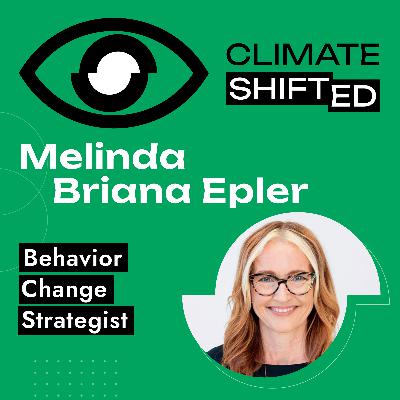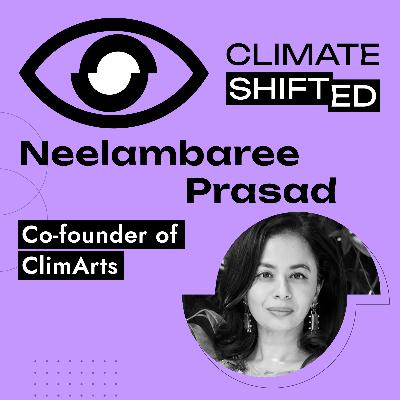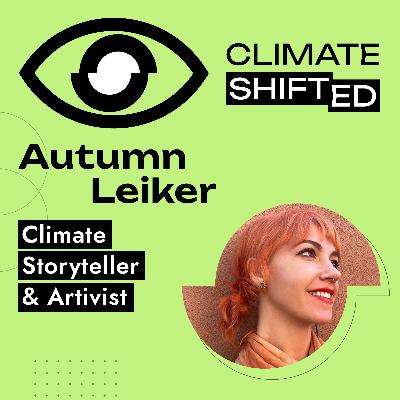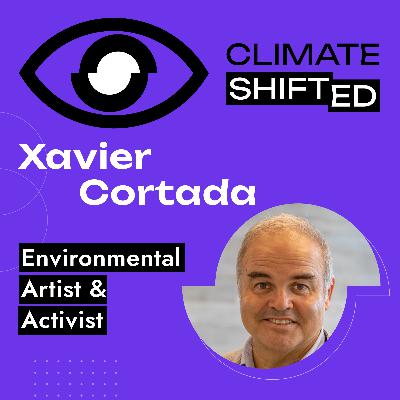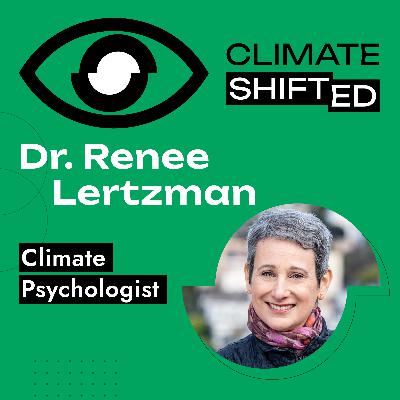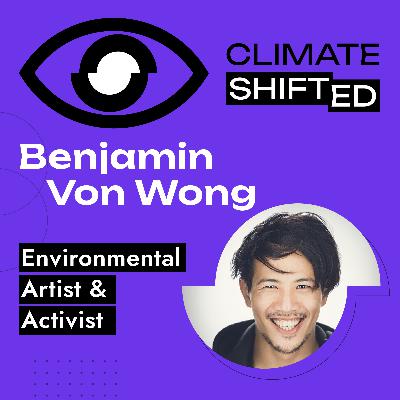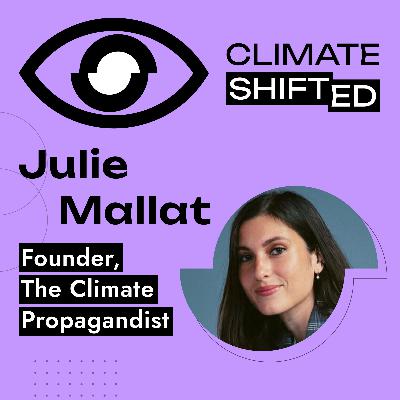From Anxiety to Action: How to Use Behavior Change Models in Climate with Melinda Briana Epler
Description
In this episode of Climate Shifted, host Eva Frye speaks with Melinda Briana Epler, a TED Speaker and behavior change strategist who has worked on national programs with organizations like the American Hospital Association. Melinda is currently authoring a whitepaper on climate communication best practices called Our Moment is Now, out soon.
Discover why fear-based climate messaging burns people out, how to move audiences up Maslow's hierarchy of needs to create lasting change, and why listening might be the most powerful tool in a climate communicator's toolkit. Learn practical frameworks for designing user journeys that meet people where they are and guide them toward sustained climate action over time.
Full Transcript Found Here
Key Topics Covered
The Psychology of Climate Motivation
- Why fear and guilt are unsustainable motivators for climate action
- How to use Maslow's hierarchy of needs in climate communications
- The importance of moving from fear-based messaging to love and joy
- Building identity-based climate action for lasting change
Behavior Change Strategy
- The "trim tab" approach: finding small actions that create big impact
- Stages of change model: from unconcerned to maintaining action
- Meeting people where they are vs. where you want them to be
- Designing user journeys for long-term engagement
Communication Tactics That Work
- The power of listening before speaking
- Why storytelling beats abstract messaging
- Building trust through community ambassadors
- Moving from individual awareness to policy change
Bridging Political Divides
- Whether to engage dismissive audiences or focus on the converted
- Finding common ground across political differences
- Learning from bipartisan policy successes
- The role of trusted messengers in polarized times
Standout Quotes
"Often people want to just go right to the solution and jump into building awareness... But I would say you need to take a step back to really understand the problem that you're trying to solve."
"Fear is a common emotion that can be evoked by climate communications... And it's not a sustainable emotion. That's why climate anxiety is on the rise."
"If somebody identifies as somebody that takes climate action, they're much more open to taking other climate actions."
"The number one role in communications I would say is listening. First really understanding where people are coming from."
Featured Research & Resources
Melinda's Climate Communication Research:
- Our Moment is Now: Best Practices in Climate Communication - Executive summary available now, full research paper coming soon
Featured Interview:
- Nisha Anand on Bipartisan Climate Policy - CEO of Dream.org discusses building bridges across political divides
Key Frameworks Mentioned:
- Stages of Change Model for behavior design
- Maslow's Hierarchy of Needs for motivation
- Yale's Six Americas climate audience segmentation
- Community-based social marketing approaches
Organizations & People Mentioned
- Dream.org - Nisha Anand's organization focused on bipartisan policy change
- American Hospital Association - Partner on national energy efficiency program
- Nature Conservancy - Example of nonpartisan environmental approach
- Greenpeace - Contrasted as confrontational vs. collaborative approach
- Dr. Katherine Hayhoe - Climate scientist and communication expert
- Dr. Renee Lertzman - Environmental psychologist
- George Marshall - Author of "Don't Even Think About It"
- Brené Brown - Researcher on shame and vulnerability
Juicy Bits: Key Takeaways for Climate Communicators
- Start with systems thinking - Find the "trim tab" - the smallest action that creates the biggest impact
- Listen first, speak second - Understanding where people are now is more important than where you want them to be
- Move beyond fear - Use fear only as an initial trigger, then transition to hope, love, and identity-based motivation
- Design for the long term - Create user journeys that move people through stages of change over time
- Find trusted messengers - Work with community ambassadors when your audience doesn't trust you directly
- Seek common ground - Even dismissive audiences can be engaged when you find shared values
- Measure what matters - Track behavior change, not just awareness metrics
- Sustain yourself - Connect with what brings you joy to avoid burnout in this challenging work
Connect with Melinda
- Website: melindabrianaepler.com
- LinkedIn: Melinda Briana Epler
- Instagram: @melindabrianaepler
Call to Action
Climate communication doesn't have to rely on fear and guilt. Download Melinda's executive summary on climate communication best practices and start designing behavior change campaigns that meet people where they are and guide them toward lasting action.
Subscribe to Climate Shifted wherever you listen to podcasts and follow @climateshifted on social media for more expert insights on what actually works to shift hearts and minds on climate.

